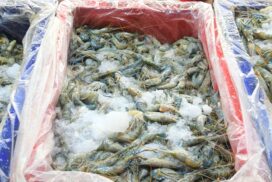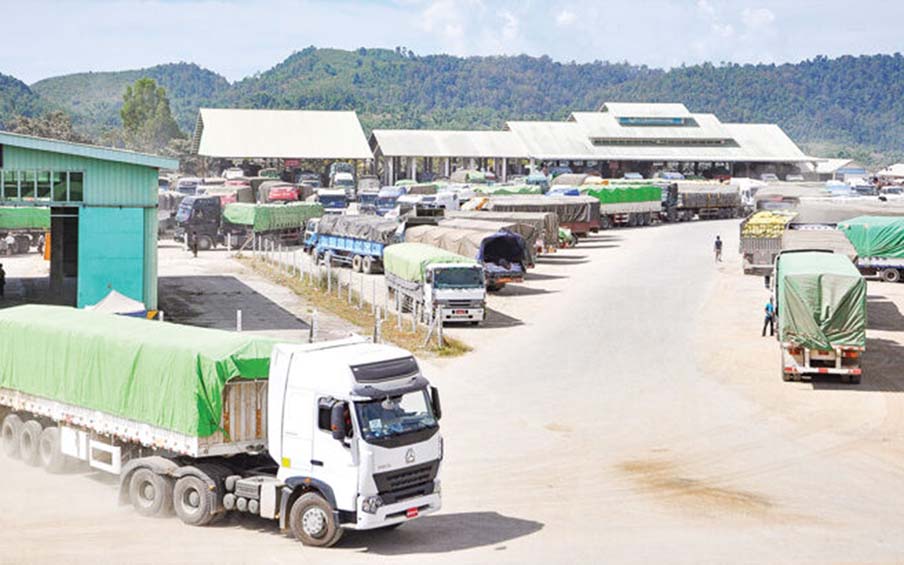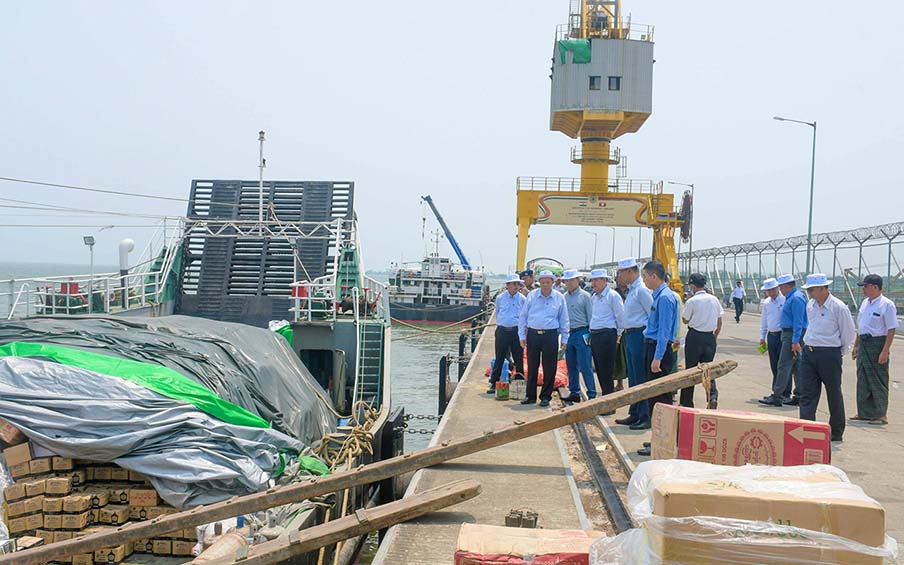Myanmar’s exports of eel and crab to China via the Muse border post have restarted since 20 June following the closure of Sino-Myanmar border posts triggered by the COVID-19 impacts, according to the Ministry of Commerce.
Myanmar delivered US$0.646 million worth of 129.249 tonnes of crab and $0.83 million worth of 20.8 tonnes of eel in the week ended 27 June.
Myanmar sent 8,211.759 tonnes of crab ($23.737 million) and 2,855 tonnes of eels ($9.675 million) in the 2019-2020 financial year. The country exported 1,962.76 tonnes of crab ($5.43 million) and 6,984.35 tonnes of eel ($28.127 million) in the 2020-2021FY. There is no export of crab and eel recorded in the 2021-2022 mini-budget period as per the news released by the Ministry of Commerce online.
If the crab export volume exceeds 50 tonnes, the price tends to decline. The prices go up during festivals and public holidays.
A crab fetches around 33.336 Yuan per kilogramme whereas the prices of eel move in the range of 36-40 Yuan per kilogramme depending on the size and quality, according to the traders.
Myanmar conveyed fishery and aquaculture products to China after disinfection and PCR testing.
The fisheries products across the country – Ayeyawady, Bago, Yangon and Mandalay regions and Rakhine and Shan states – are sent to the Muse land border and the traders export the frozen fish and live fish, crab, eel, long-finned eel and other fisheries products to China through the Muse border. During the last financial year 2019-2020, fishery exports through Muse were valued at $170.735 million for 128,067 tonnes.
The market primarily depends on China. The trade suspension in China in the previous mini-budget period battered both the traders and the breeders engaged in eel and shrimp farming.
Processing and packaging technologies for fresh seafood are required in order for Myanmar to penetrate the European market beyond China.
As Myanmar has marketable native eel species and has already carried out successful eel farming on a trial run. Value chain development with systematic farming will increase the State’s income.
The Myanmar Fisheries Federation is endeavouring to provide breeding and hatchery technology to the breeders.
As the cross-border trade between Myanmar and China does not still return to normality amid the strict policy on COVID-19 and travel restrictions, the value of trade via a major trading hub Muse border plunged to $507 million as of 8 July 2022 in the current FY2022-2023, indicating a tremendous drop of $307 million compared to the value registered in the corresponding period last year, the Customs Department’s statistics indicated. — KK/GNLM
Myanmar’s eel and crab exports to China via Muse border resume
- July 20, 2022
- 906















